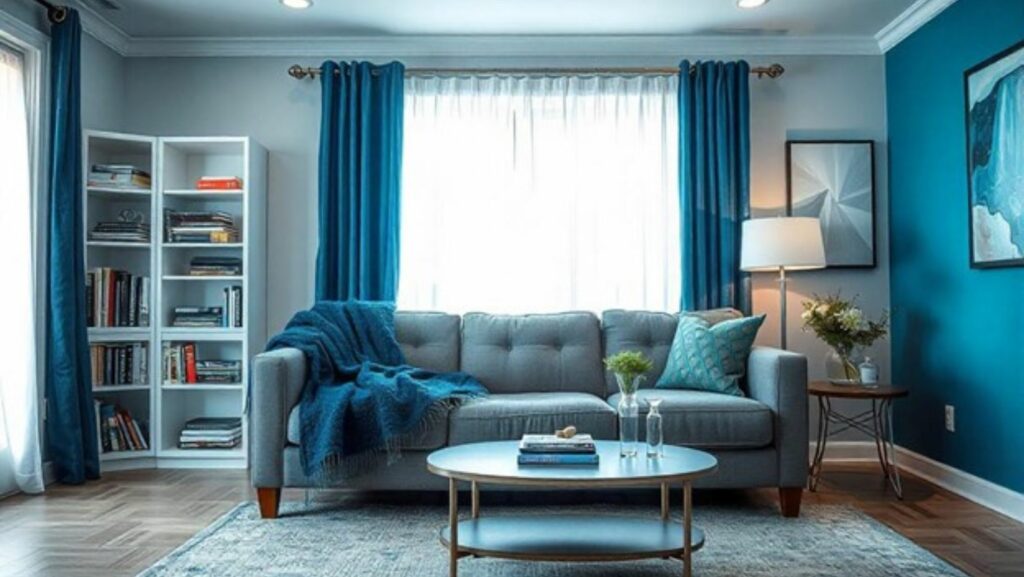Imagine designing your dream product with just a few clicks on your favorite online store. Thanks to advancements in e-commerce technology, this vision is becoming a reality. Advanced ecommerce product configurator is revolutionizing the way we shop by allowing us to personalize our purchases like never before. These tools enable consumers to tailor their products to meet specific tastes and requirements, transforming the once-static shopping experience into an interactive, engaging process.
What is a Product Configurator?
At its core, an ecommerce product configurator is an advanced software tool that enhances online shopping by allowing customers to personalize products based on their preferences. With this tool, shoppers can change the appearance and, in some cases, even the functionality of the products they want to buy. These configurators have become a must-have for e-commerce platforms, especially for businesses offering customizable products like clothing, accessories, or furniture.
Here are some essential features that define e-commerce product configurators:
- Interactive Customization: These tools allow users to modify various aspects of a product, such as size, color, text, texture, and even additional features. The experience becomes a do-it-yourself shopping journey, giving customers full control over how their product looks.
- Real-Time Visualization: Product configurators provide live previews, meaning customers can see the changes they make to a product in real time. This not only enhances customer confidence but also helps them make more informed decisions.
- Versatile Application: Configurators can be applied to a wide range of products, from clothing and jewelry to electronics and home decor. They enable businesses to offer a more engaging and personalized shopping experience, which in turn drives customer satisfaction.
In today’s competitive e-commerce landscape, traditional static product images are no longer enough. Consumers demand immersive experiences where they can visualize and customize products dynamically. This is why many businesses now leverage configurators with 3D and augmented reality (AR) capabilities to provide a more engaging product view.
Why Should You Use a Product Configurator?
Adopting an e-commerce product configurator isn’t just a trendy technological upgrade—it’s a strategic decision for improving customer engagement, boosting conversions, and staying ahead of the competition. Here’s why integrating a configurator can be transformative for your e-commerce business:
1. Enhanced Customer Experience
One of the most significant benefits of product configurators is the ability to offer a highly personalized shopping experience. Customers can tailor products to their unique tastes and see the final product as they make changes. This level of control makes the shopping experience more enjoyable while also reducing cart abandonment rates.

Additionally, the real-time visualization offered by most configurators helps shoppers make more confident purchase decisions. By eliminating the guesswork, configurators enhance customer satisfaction and loyalty.
2. Increased Conversion Rates
Personalized products tend to carry a higher perceived value. Consumers are often more willing to complete a purchase and even spend more when they’ve invested time in customizing a product to their liking. This personal connection to the item increases the likelihood of conversion, as customers feel more attached to something they’ve had a hand in designing.
3. Competitive Edge
Offering interactive customization options can differentiate your e-commerce store from competitors. Product configurators that utilize 3D models, AR technology, and immersive features are particularly attractive to younger, tech-savvy generations like millennials and Gen Z. These shoppers value customization and engaging shopping experiences, so configurators provide a way to capture a broader market.
Types of Product Configurators
There are various types of product configurators used in the ecommerce space, each serving different business models and customer needs. Here are four of the most popular types:
1. Web to Print Configurators
These configurators are ideal for businesses that offer customizable products, such as printed clothing, packaging, or personalized gifts. Shoppers can design patterns, images, or text to be printed on the product. For example, a clothing brand may allow customers to add unique graphics or text to T-shirts.
2. 3D Configurators
3D product configurators are perfect for industries that rely heavily on visual details, such as jewelry, furniture, or electronics. Customers can rotate the product and adjust features like material, color, or size, creating a more immersive shopping experience. For instance, a furniture store may allow customers to change the fabric, color, or design elements of a sofa in real time.
3. AR Viewer Configurators
Augmented reality (AR) configurators take product customization a step further by letting customers place 3D models of products in real-life settings. This type of configurator is especially useful for high-value items like cars or home furnishings. Imagine seeing how a particular piece of furniture would look in your living room before purchasing it.
4. Virtual Try-On Configurators
Used mainly in the fashion and accessories industries, virtual try-on configurators allow customers to visualize how a product would look on them.

For example, eyewear stores can offer virtual try-on tools that let users see how different frames would look on their faces through their smartphone cameras.
Ideal Practices for Implementing a Product Configurator
To ensure a product configurator delivers the best user experience and achieves its full potential, consider these best practices when integrating one into your e-commerce platform:
1. Prioritize Mobile Compatibility
Mobile-first design is critical for e-commerce platforms. With a growing number of users shopping on mobile devices, it’s important to optimize your product configurator for smaller screens. Ensure that all features are accessible and that the user interface is easy to navigate on mobile.
2. Simplify the Experience
While configurators can offer extensive customization options, they should be user-friendly, especially for customers who aren’t tech-savvy. Introduce basic features first and guide users through more advanced options as they go along. Providing clear instructions can help avoid confusion and create a smoother experience.
3. Allow Users to Skip Steps
Not every customer will want to explore every possible customization option. Allowing users to skip certain steps in the configuration process ensures a flexible shopping experience and reduces frustration for those who prefer a quicker checkout.
4. Incorporate Save and Resume Options
Enabling customers to save their progress and return later to complete their purchases can significantly improve the user experience. This feature encourages shoppers to spend more time personalizing products without feeling rushed, leading to higher completion rates.
Conclusion
Product configurators are paving the way for more interactive and personalized online shopping experiences. By integrating these tools, businesses can increase customer satisfaction, drive higher conversion rates, and stand out in the competitive e-commerce market. Whether through real-time 3D customization, AR-enhanced product previews, or simple text personalization, configurators are reshaping the future of ecommerce one customized product at a time.


